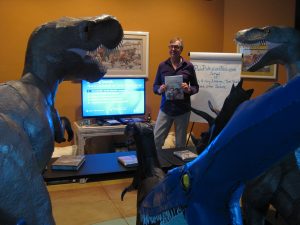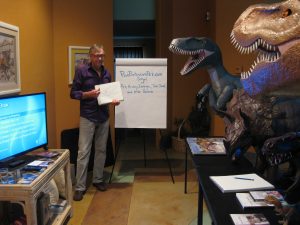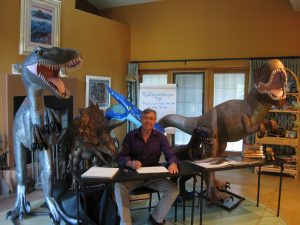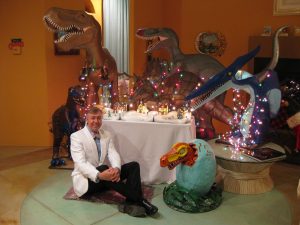Wikipedia is a great source of information on the origins of New Year’s Resolutions. A New Year’s Resolution is most common in the Western Hemisphere, but also practiced in the Eastern Hemisphere. A person makes a promise to do an act of self-improvement or something nice, such as opening doors for people from New Year’s Day through the rest of the year.
History reflects the Babylonians made promises to their gods at the start of each year that they would return borrowed objects and pay their debts. The Romans began each year by making promises to the god Janus, for whom the month of January is named. In the Medieval era, knights took the “peacock vow” at the end of the Christmas season each year to re-affirm their commitment to chivalry. At watchnight services, many Christians prepare for the year ahead by praying and making these resolutions.
There are other religious parallels. During Judaism’s New Year, Rosh Hashanah, through the High Holidays and culminating in Yom Kippur (the Day of Atonement), one is to reflect upon one’s wrongdoings over the year and both seek and offer forgiveness. People act similarly during the Christian liturgical season of Lent. Although the motive behind Lent is more sacrifice than responsibility. The idea regardless of creed, is to reflect on self-improvement annually.
At the end of the Great Depression about a quarter of American adults formed New Year’s Resolutions. At the start of the 21st Century 40%. Goals range from helping others to improving one’s self. Volunteering, financial donations, improving one’s own finances, improvements to your physical and mental health, make more friends, educational or just being nicer to others are all examples of the types of resolutions people make.
So, how do you decide? The more important the goal is to you the more likely you will follow through. Formalizing a goal by righting it down keeping it in a handy place to remind you can increase your chances of sticking with it. Making too many resolutions or unrealistic goals are the primary reasons for not succeeding.
At the PaulsPrehistoricPark.com School of Art, History, Language, Time Travel & other Science we are focusing on learning Spanish and Drawing in 2017. I have been listening to learning Spanish CD’s for a couple of years. They have been very helpful with learning some phrases and vocabulary. I needed more to be able to have conversations in Spanish. The Great Courses have an excellent program – 6 DVD’s 30 lessons and a Workbook with Glossary containing vocabulary and phrases. I have completed a couple of the lessons, which have confirmed this course will meet my needs. Living in Southern California, Spanish will certainly be a language I can keep in practice. In addition, I would like to improve my drawing skills. Especially with my plans to design Metal Dinosaurs for Metal Sculptors to create. The more detailed I can make my drawing the easier for the Metal Artist to bring it to 3D. The Great Courses came through again – How to Draw 6 DVDs 36 lessons and a guidebook.
All the dinosaurs would like to be better communicators. A project for me in 2017 to give them voices. I have explored some devices with Radio Shack that could meet those needs. Look for future articles in this area.
I like many of parts of the resolution in Wikipedia from a calendar by Bishop John H Vincent. I have taken to heart the following:
A Resolve for Every Morning of the New Year
I will this day try to live a sincere and serene life repelling promptly
every thought of discontent, anxiety, discouragement, and self-seeking
cultivating cheerfulness magnanimity, charity, and the habit of silence,
carefulness in conversation diligence in appointed service, fidelity to every trust
and a child-like trust in God.
Happy New Year
Paul & Prehistoric Pals
Your feedback is appreciated, Thank you!



